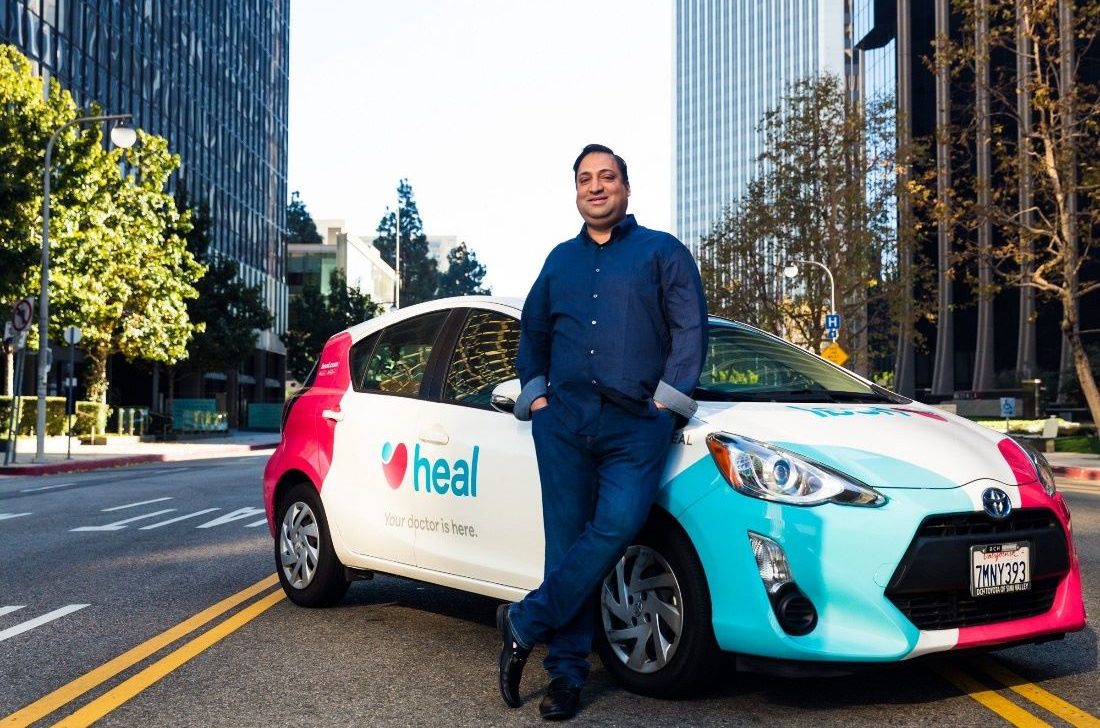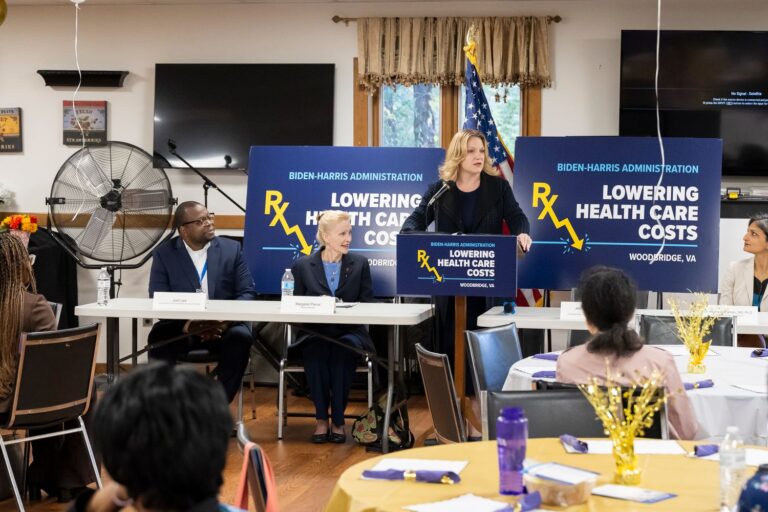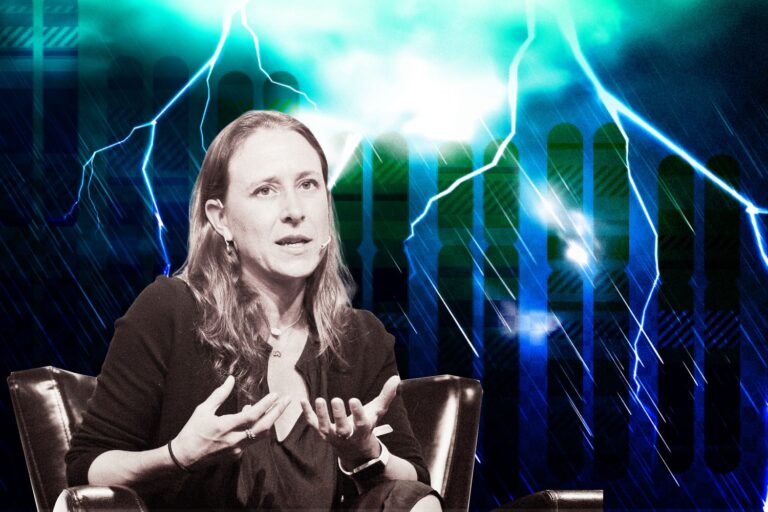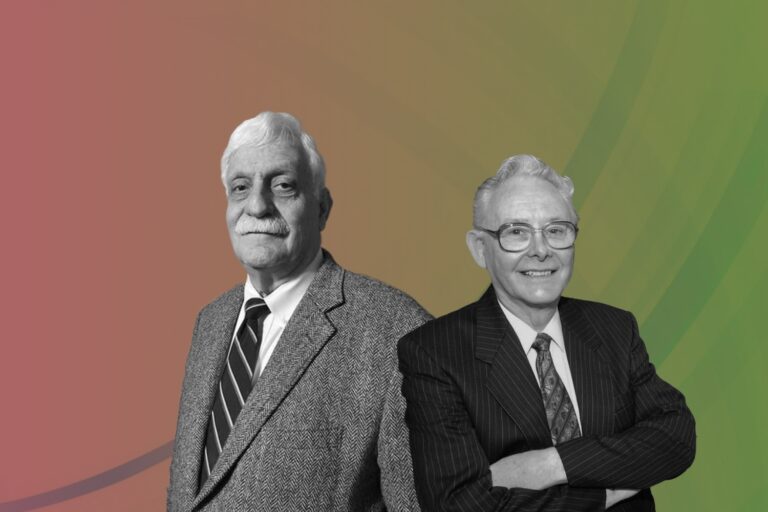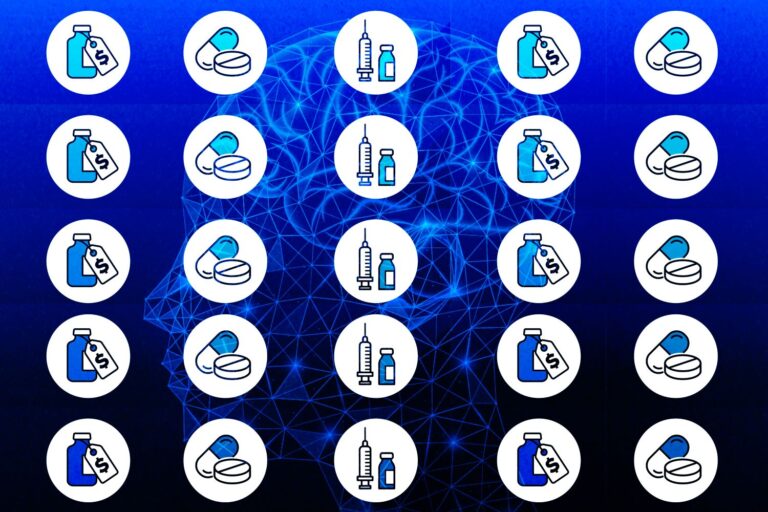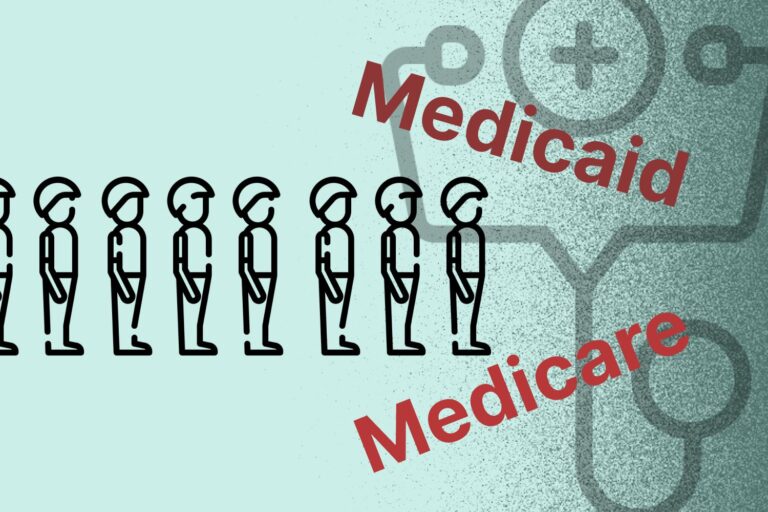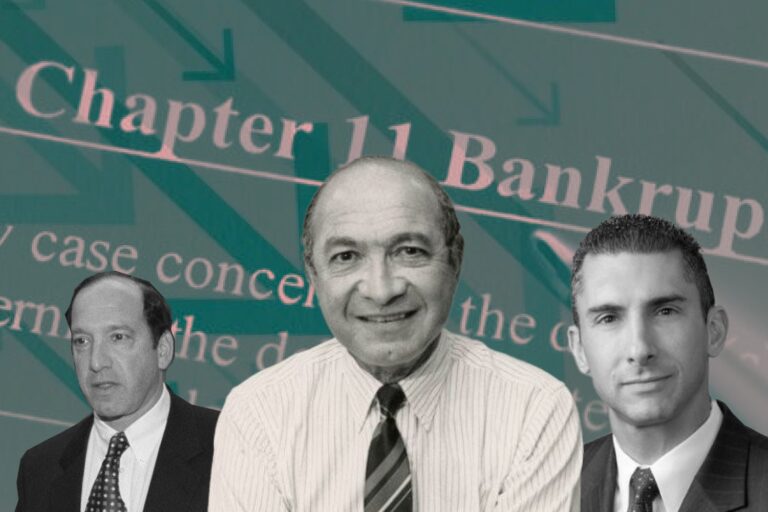What Makes Humana Pour $100M in This Startup Heal: An Uber for Doctor House Calls
Anyone who has ever had to try to schedule an appointment to see the doctor know how much of a hassle it is to get those appointments set up, take time out of work to get you (or your family) to those appointments, and sit in a waiting room forever for your turn.
Since 2014, Los Angeles-based health startup Heal has come up with its solution to that problem: Through its easy-to-use app and website, patients can organize a telemedicine or in-home visit with a licensed doctor twelve hours a day, 365 days a year.
Heal: An Uber for Doctor House Calls
Heal is a smartphone app similar to the on-demand car service Uber, but instead of a car, a doctor shows up at your door. Users download the app and then type in a few details such as address and the reason for the visit. After adding a credit card and a request for a family doctor or a pediatrician, the physician arrives in 20 to 60 minutes for a flat fee of $99.
The company is venture backed by Slow Ventures, March Capital, and Pritzker Capital, along with angels Paul Jacobs (Qualcomm); James Lassiter (Overbrook Entertainment); Stephen Rader (Clarity Partners); Jamie McCourt; singer Lionel Richie; and Mike Wortsman (Univision).
Heal doctors arrive with a medical assistant and a kit stocked with the latest high-tech health gadgets, including tools needed to take your vitals or shoot high-definition video of your eardrum. Heal has a roster of doctors who have affiliations with respected hospitals and programs such as the University of California, Los Angeles; Columbia; and Stanford.
“We’re bringing back old-school techniques with new-school technology,” said Renee Dua, founder and Chief Medical Officer of Heal.

“Health really starts in the home,” said Dr. Janani Krishnaswami after trying the Heal app. “By seeing someone where they live, I can look at what their life is like, what they’re eating, how they’re living, what’s stressing them out. I can take however much time I need with them, which is increasingly difficult to do in our current system of medicine.”
Why Co-founder, Renee Dua Started All These with Nick Desai?
‘Necessity is the mother of inventions’, a common phrase, but only those who have truly experienced a need; a necessity or perhaps suffered for it can build something that has an exponential growth.
In this case, Dr. Renee Dua, the practicing doctor in nephrology (kidney related issues), internal medicine and hypertension, had a shocking and agonizing experience taking her infant son to the Emergency Room.
“Nick and I were motivated to create Heal after a bad personal experience in the emergency room with our son. We had to wait eight hours to see a doctor, only to be sent home 10 minutes after seeing the doctor and not feeling like it helped much at all,” said Renee Dua.
It was then that Dr. Renee decided to form Heal, an on-demand healthcare service.
“The ah-ha moment came for us in the middle of that experience when we realized that this was something so many other people experienced on a daily basis, and no one should have to wait that long to have to see a doctor, nor should they have to be amongst other sick people when they’re ill or injured.”
Under her leadership, Heal has delivered over 250,000 appointments to patients across the country through its technology-empowered, home-centric primary care infrastructure that has improved health outcomes, lowered healthcare costs, and delighted patients.

“I am truly honored to be recognized by the Stevie Awards for Women in Business,” said Dr. Renee Dua at an award ceremony. “When we started Heal six years ago, our vision was simple: to make home-based primary care an affordable reality for all Americans. This recognition confirms that our vision has made a difference in people’s lives and started to change the healthcare industry for good.”
“Renee understands that the traditional primary care system is struggling, and has devoted her career to closing gaps in the healthcare system to make it more accessible and affordable for everyone,” said Nick Desai, co-founder & CEO of Heal. “Heal would not exist without her incredible contributions, which are changing the healthcare system for the better.”
What Is the Full Potential for Virtual Care like Heal?

Factor #1: Reduce the load of local hospitals’ emergency visits
On-demand virtual urgent care as an alternative to lower acuity emergency department (ED) visits, urgent care visits, and after-hours consultations. These care needs are the most common telehealth use cases today among payers. This allows a consumer to remotely consult on demand with an unknown provider to address immediate concerns (such as an acute sinusitis) and avoid a trip to the ED or an urgent care center. Such usage could be further scaled to address a larger portion of low acuity visits previously seen in EDs.
Factor #2: Convenience for healthcare professionals
Virtual office visits with an established provider for consults that do not require physical exams or concurrent procedures. Such visits can be primary care (such as chronic condition checks, colds, minor skin conditions), behavioral health (such as virtual psychotherapy sessions), and some specialty care (select follow-up visits such as virtual cardiac rehabilitation). An omnichannel care model that fully leverages virtual visits includes a mix of telehealth and in-person care with a consistent set of providers, improving patient convenience, access, and continuity of care. This model also enables clinicians to better manage patients with chronic conditions, with the support of remote patient monitoring, digital therapeutics, and digital coaching, in addition to virtual visits.
Factor #3: Convenience for healthcare consumers
Near-virtual office visits extend the opportunity for patients to conveniently access care outside a provider’s office, by combining virtual access to physician consults with “near home” sites for testing and immunizations, such as worksite clinics or retail clinics. For example, a virtual visit of a patient with flu or COVID-like symptoms could be followed up by a trip to a nearby retail clinic for a flu or COVID-19 test, with a subsequent follow-up virtual check-in with the primary care physician to consult on follow-on care.
Factor #4: Convenience for caregivers to extend capability with the help of other professionals
Virtual home health services leverage virtual visits, remote monitoring, and digital patient engagement tools to enable some of these services to be delivered remotely, such as a portion of an evaluation, patient and care giver education, physical therapy, occupational therapy, and speech therapy. Direct services, such as wound care and assistance with daily living routines, would still occur in person, but virtual home health services could enhance the patient’s and caregiver’s experience, extend the reach of home health providers, and improve connectivity with the broader care team.
Factor #5: Efficient monitor of delivering care
Tech-enabled home medication administration allows patients to shift receiving some infusible and injectable drugs from the clinic to the home. This shift can happen by leveraging remote monitoring to help manage patients and monitor symptoms, providing self-service tools for patient education (for example, training for self-administration), and providing telehealth oversight of staff (for example, an oncologist overseeing a nurse delivering chemotherapy to a patient at home and monitoring for side effects). This would be coupled with home delivery of the therapeutics.
Diving Deeper into Telemedicine

“With the COVID-19 pandemic, we are encouraging our patients to stay home, and we still want to be able to offer them medical care. We still want to give them comfort and see their faces and make sure they’re not short of breath, or anxious,” Dua said.
Heal officials say the trend of telemedicine in Atlanta has grown by 384% in the last five weeks.
But even though telemedicine compromises by delivering care and keeping patients safe from being infected, Dua said if you can’t examine someone, you can’t necessarily call it a physical.
“It’s nice to have access, but it’s not complete,” she said.
“If you are doing a telemedicine call and you have a sore throat, it’s not easy for your doctor to look in the back of your throat.”
She said there’s also the component of understanding what COVID-19 symptoms look and sound like over a screen. And telemedicine services can be pricey if not covered by insurance.
Heal has conducted about 180,000 telemedicine appointments and house calls since the start of the outbreak in the U.S. Officials say 30% of patients using the service are asking about coronavirus-related issues.
However, critics of telemedicine apps warn of losing the human touch with webcam-only visits, and say that people also need to make sure the doctor they are dealing with is board-certified and licensed.
For services like Heal, critics say that the masses are much better served having these highly skilled and trained physicians using their expertise to treat as many people as they possibly can in one day, not spending precious time traveling to a patient’s home.
How Heal’s Business Model Responded to The Market:
#1. Extend Service to Home Doctor Visits

Just a few months ago, Heal announced a $100 million investment and partnership with health insurance provider Humana, a move that will vastly extend the reach of their on-demand doctor service.
Dr. Renee Dua says it can be comforting for people to see a doctor in the privacy of their own home instead of in a hospital or office setting, and there are advantages for doctors, too.
“When I walk into somebody’s home, I’m able to see their behavior, their environment, the kind of food they eat, if they smoke, if they have pets. All these kinds of things answer a lot of questions without me even asking,” said Dua.
“So many times, especially with this COVID outbreak, I find my patients have mental health issues, they’re depressed, they’re anxious, and me being there to take their hand and tell them everything is going to be all right is maybe more powerful than any medication I’m going to give them.”
Humana hopes to use Heal’s applications for its Medicare Advantage program, providing more in-home care to seniors. It will also bring the service to major metro areas including Chicago, Houston, and Charlotte.
Heal’s CEO Nick Desai, who is fond of saying that the traditional doctor’s office is dead, said it will help his company grow nationally and develop more predictive tools to guide doctors with care.
“You want a headline?” Desai joked after making the joint announcement, “Heal wins $100 million to bring concierge care to all Americans.”
“We want to expand, so we go nationwide,” Desai said. “We like to think the real winners in this is the millions of Americans who get health care this way. “
Heal boasts 200,000 home visits since it launched six years ago and expects to see 250% revenue growth between this and next year. The company has been on fast growth trajectory as traditional insurers look to startups for new ways to deliver care. He wouldn’t provide revenue, but said it was in the tens of millions of dollars.
Humana, with about 17 million members, will use the services for its government-subsidized Medicare Advantage program as it seeks to build on its 34% penetration — as of 2019 — in the market.
“Our goal is to make the healthcare experience easier, more personalized and caring for the people we serve,” said Susan Diamond, Humana’s segment president for home business, who is joining Heal’s board. “We continue to see high levels of customer satisfaction and improved health outcomes when care is delivered in the home,”
Humana said the partnership will help it fulfill its mission of addressing the needs of the whole person by giving doctors greater insight into health with at-home visits. There, doctors can see the social factors that may be impacting patients’ health, such as a steep staircase or exposure to environmental hazards like pollution.
Most doctors see 8 to 10 patients, much fewer than regular physicians who often see dozens of patients in a day. The model, he said, brings down emergency room visits and elevates preventive care, making it appealing to insurers.
It’s also a throwback.
“In 1970, 50% of all primary health care in America was delivered by house calls. Today it’s less than 10%,” he said. “That went away with insurance and fee-for-service care, Medicare. We are bringing it back.”
But unlike the 70s, Heal monitors blood pressure, blood sugar and other vitals remotely using cloud connected devices to provide insight into patient care.
Last fall, the company, which operates fully in seven states and Washington D.C., bought Doctors on Call in New York City. That allowed it to make an entrance into the nation’s largest city that was also, at one time, its largest coronavirus hotspot.
To deal with the pandemic, Heal protocol was to schedule an initial telemedicine call before scheduling a house visit to make sure their doctors weren’t going to be exposed to the coronavirus.
#2. Heal Pass: ‘Assurance’ Instead of ‘Insurance’

In July 2020, the company announced the rollout of Heal Pass – a monthly subscription program designed to keep clients at home and out of emergency rooms, which are increasingly becoming overcrowded due to the COVID-19 virus.
“Every American deserves high-quality health care,” Nick Desai told Home Health Care News.
In launching the new program, Heal sought to provide an affordable in-home primary care option for individuals who are uninsured or underinsured. For $49 per month, Heal Pass enrollees receive eight physicians house calls, annual physicals and next-day deliveries on medications prescribed by a Heal doctor.
In terms of timing, Heal is rolling out the new program now to help mitigate some of the negative consequences of the ongoing public health emergency and its impact on the U.S. economy.
“Depending on what numbers you look at, there are between 25 million to 70 million uninsured or significantly underinsured people in this country,” Desai said. “They’re on very high-deductible, ‘basic’ plans, or they have no health insurance at all — maybe because they recently lost their health insurance through their employers.”
Instead of “health insurance,” which can often be costly, Heal Pass is designed to be “health assurance,” the CEO noted.
While the program is meant to fill care gaps for vulnerable populations, it also has the potential to lower enrollees’ ER (emergency room) utilization. People often inappropriately use the ER as a doctor’s office, resulting in sky-high medical bills and overburdened emergency room staff.
About 30% of emergency department visits among patients with common chronic conditions are potentially unnecessary, according to a 2019 report from health care consulting firm Premier Inc. Those unnecessary visits contribute to an estimated $8.3 billion in additional emergency department costs.
“With doctor house calls, you can talk to a doctor, get your questions answered, get your primary care, possibly make sure this bug you think you have is not COVID,” Desai said.
“Instead of going to the ER, you can stay in your house and stay safe. And you know the ER isn’t going to chase you down for a $2,000 bill.”
The Bottom Line
It is important to remember that these apps are not replacements for traditional doctor appointments, particularly with a physician who has known you for years. But for ailments and symptoms that aren’t life-threatening, this next generation of health apps can save time and energy — which is a pretty big deal when you are not feeling up to waiting in a doctor’s office.

